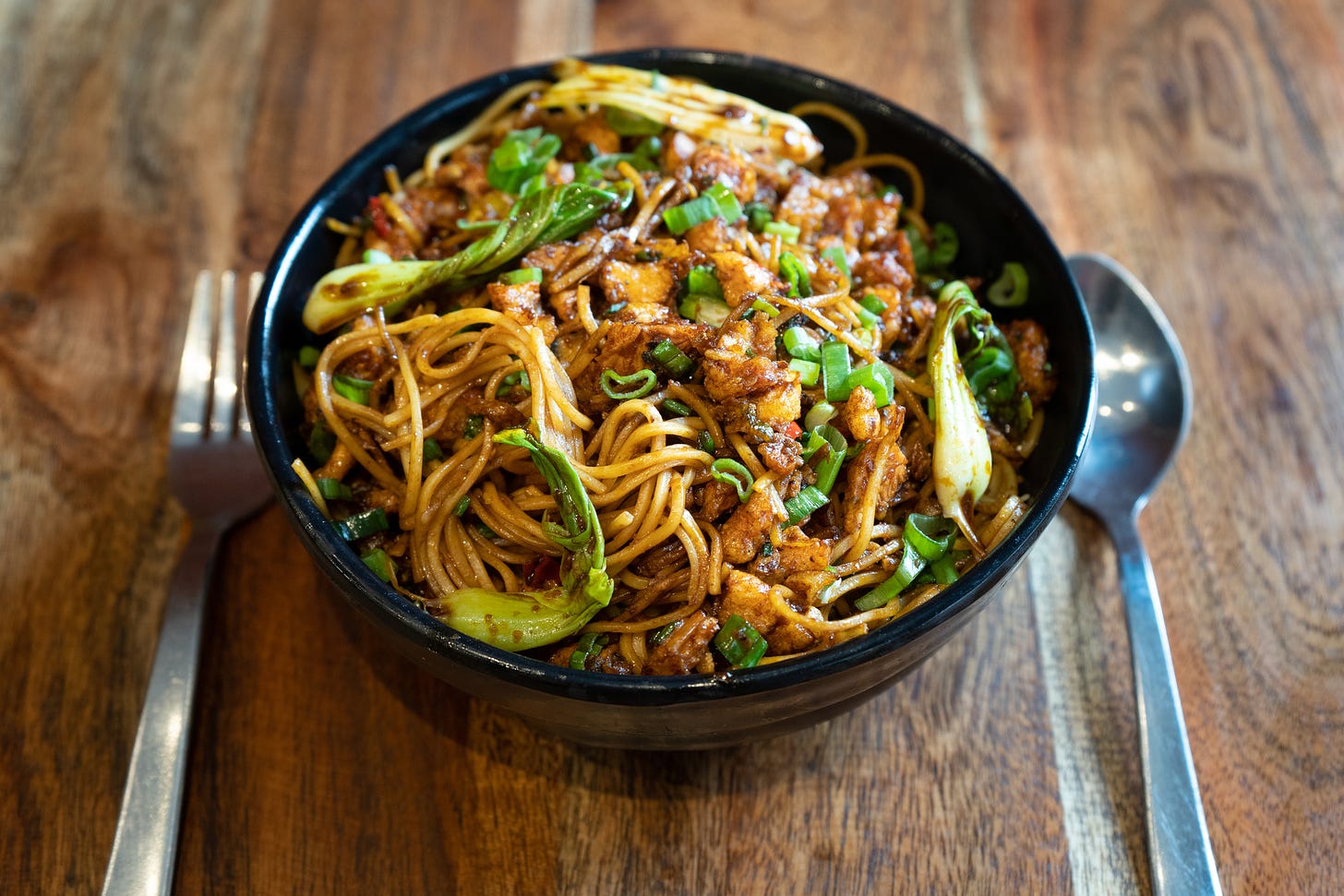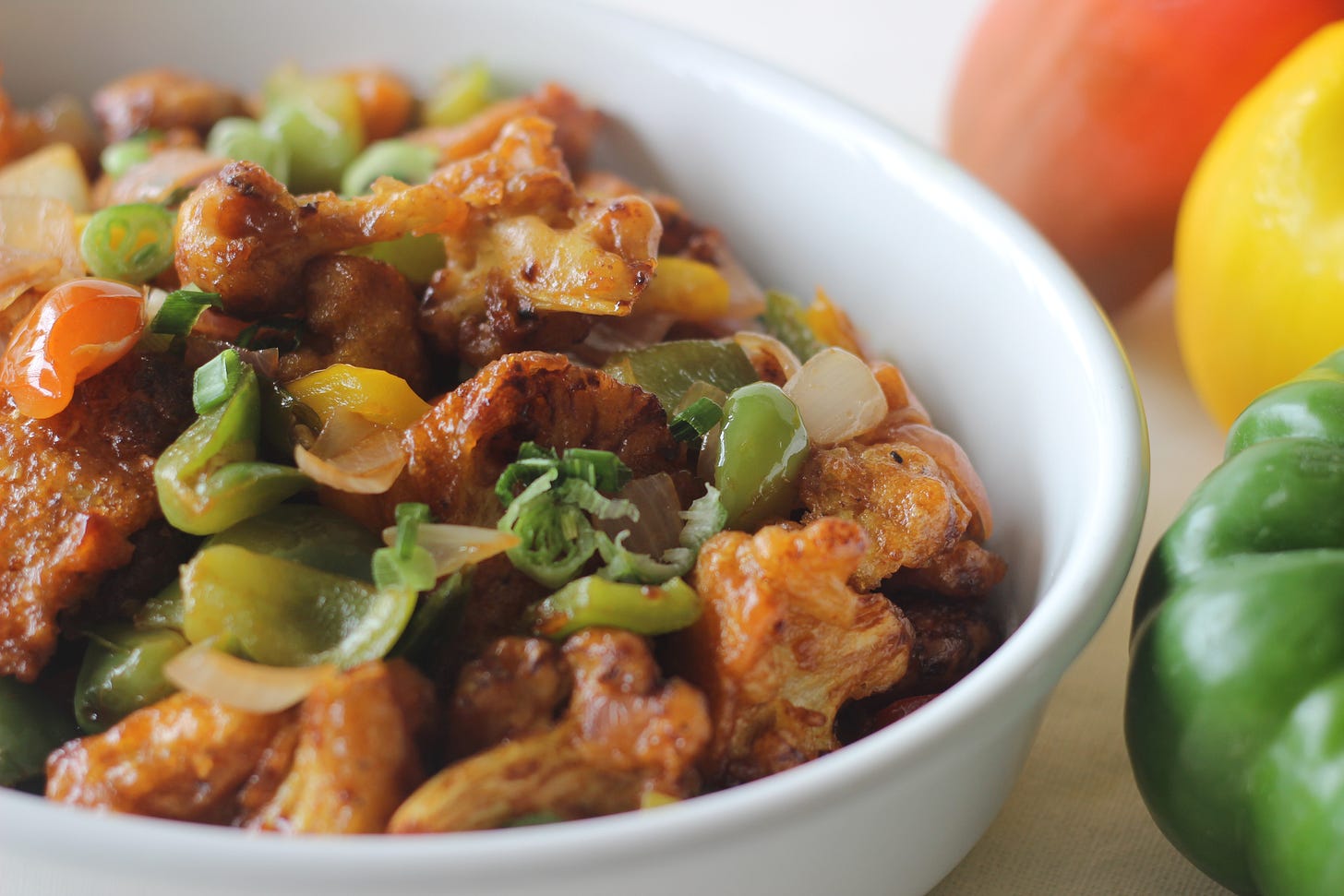The Chinese-Indian Legacy in Kolkata, Expressed in Sauce
By Tania Banerjee
Growing up in Kolkata, my favorite cuisine was “Chinese,” especially dishes we called chow mein, fried rice, and chili chicken. At 20 years old, I discovered that these don’t qualify as “Chinese cuisine;” they are “Indian-Chinese.”
The origin of the umami flavor that gave Indian-Chinese food its distinct identity lies in Kolkata’s old Chinatown in Terreti Bazaar.
According to historical texts in National Library of India, Tong Atchew was the first person from China to settle by the bank of the Hooghly river, outside of Kolkata, in 1780. He established a sugar mill and brought more Chinese people over to work in the factory. When Atchew died, the factory was abandoned and the community shifted to Terreti Bazaar, in the city.
Throughout the 19th and early 20th century, when China was in turmoil first because of the Sino-Japanese Wars and then the Chinese Civil War, many citizens fled to Kolkata for a better life. They worked as shoemakers, carpenters, tanners, tea-plantation workers, dentists, and more. From Kolkata they migrated all over India.
Nanking was the first Chinese restaurant in Kolkata: it was opened in 1924 by the Au family on the ground floor of the Toong On Church, a Taoist temple. It was followed by the inauguration of a humble eatery, Eau Chew, by the Hongs in 1927. Initially catering specifically to Chinese immigrants, the cooks began tweaking recipes to appeal more to the Indian palate.
Pou Chong, a brand founded in 1958 by Lee Shih Chuan, a Chinese-Indian man born in Kolkata, invented the green chili sauce that is commonly used in these dishes. “My grandfather used Chinese chili sauce-making techniques, but with Indian spices,” said Janice Lee, who now handles operations. Her grandfather apparently sold the pungent and spicy sauce by the spoonful. It was smeared inside the popular kati rolls by street vendors. This is how the city grew a taste for it.
Similarly, the Hongs of Eau Chew stake claim over the invention of “Schezwan” sauce, an oily hot sauce made of red chilies, ginger, garlic, soy sauce, and vinegar.
After the Sino-Indian war of 1962, many Chinese-Indian families, particularly from Northeast India and North Bengal, were incarcerated without evidence or trial in an internment camp at Deoli in Rajasthan for years. They were stigmatized and their wealth was plundered. After release, most emigrated to North America, Europe and Australia, taking this distinct cuisine around the world.
But to this day, Kolkata locals drizzle the spicy sauces in rolls, douse noodles with them, cook Manchurian chicken with them. They are used in homes, high-end restaurants, and street food centers. The legacy endures.🥄
If you haven’t become a paid subscriber yet, please do! It would make you a proud supporter of independent journalism.
More Food Media:
Restaurant reviews based entirely on free meals, and proud of it. I’m looking forward to more of these.
Episode 210: Hanky Pankies with Adrienne Cheatham
“I was raised in a non-smoking section.”
Listen to Smart Mouth: iTunes • Google Podcasts • Stitcher • Spotify • RadioPublic • TuneIn • Libsyn
If you liked the newsletter today, please forward it to someone who’d enjoy it, and tap the heart icon above or below, which will help me reach more readers. I appreciate your help, y’all!
This newsletter is edited by Katherine Spiers, host of the podcast Smart Mouth.
A TableCakes Production.
Want to contribute? Here are the submission guidelines.








No recipe for the sauce?